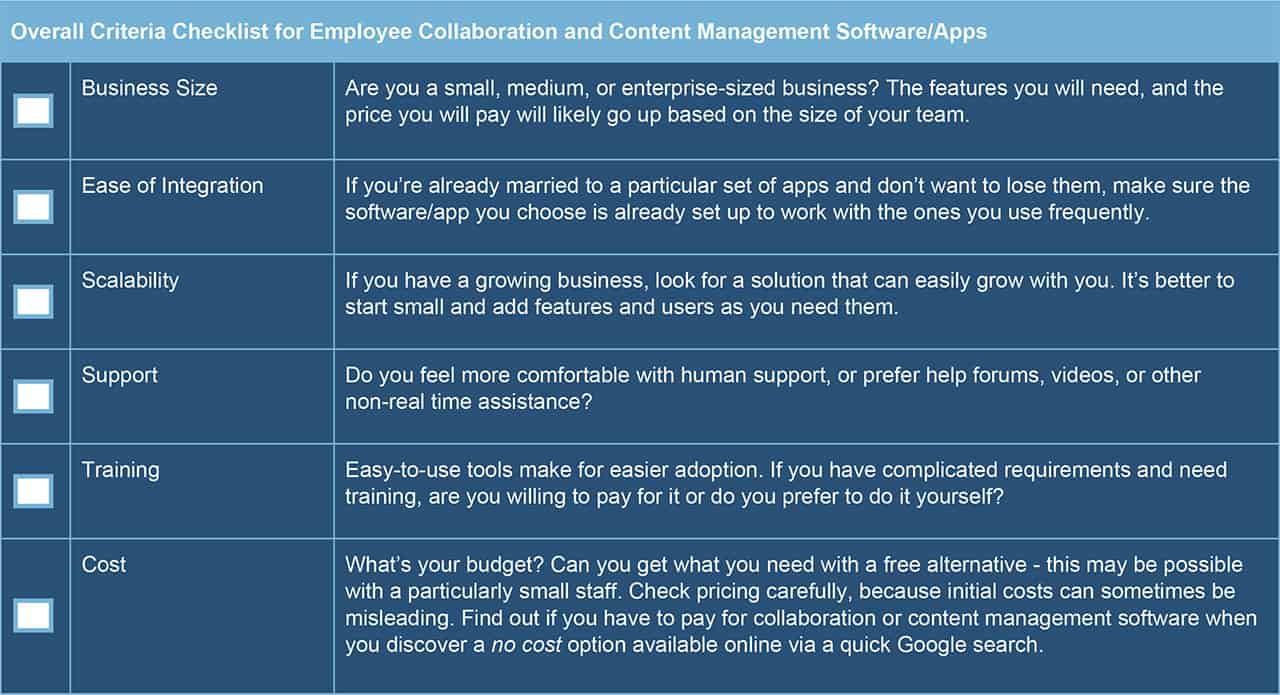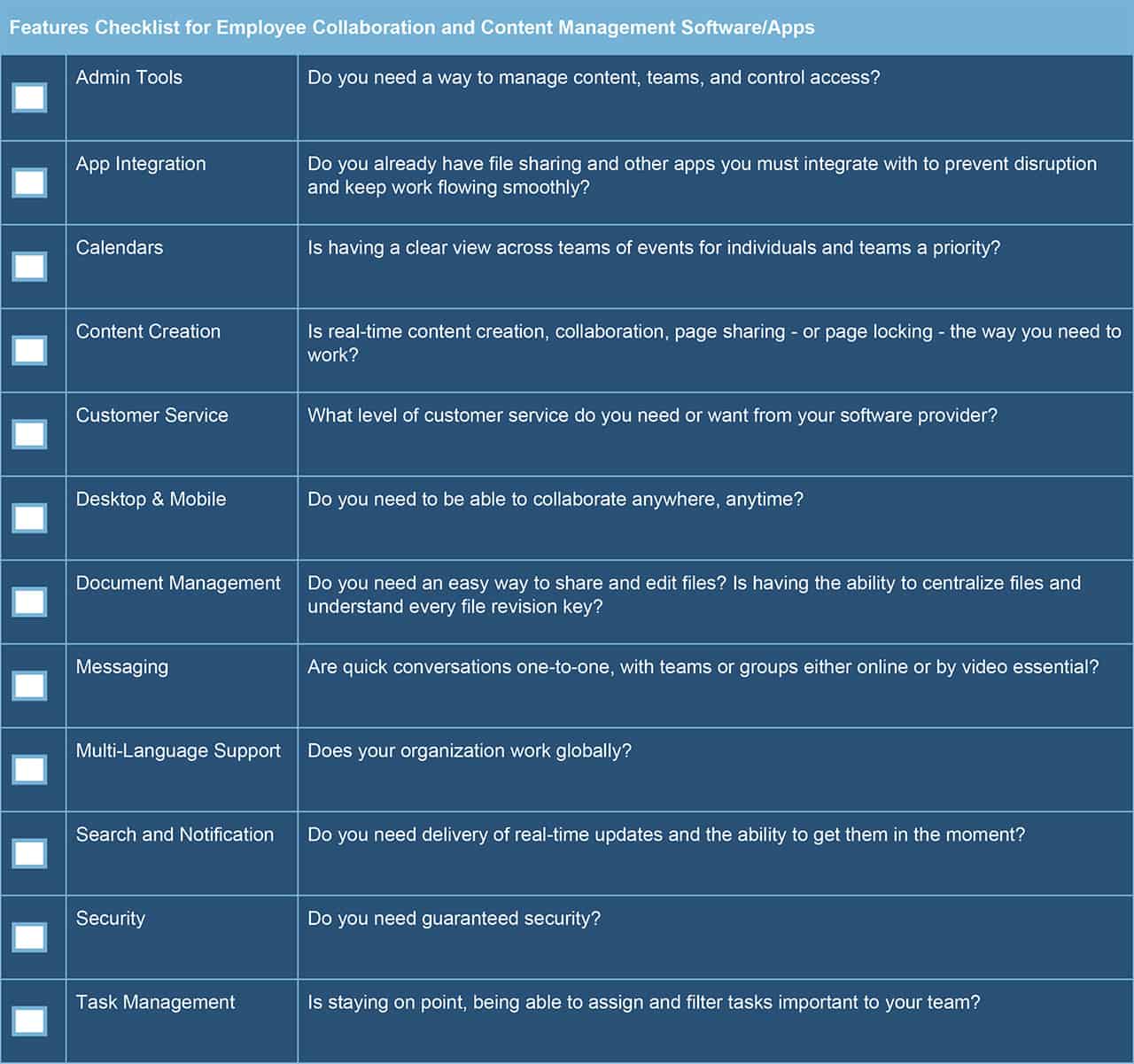What is SharePoint?
Microsoft SharePoint is part of the Microsoft suite of tools that integrates with Microsoft Office. It’s a popular business platform used for many different types of projects: collaboration, search function, enterprise content management, business process management (BPM), and a business intelligence platform. SharePoint traditionally found a niche as a document management or content management system, or as a way to set up a business intranet.
Favored by Fortune 500 companies who invested heavily in it when it was released in the early 2000s, SharePoint has been adopted by more businesses since it became part of Office365. In May 2016, Microsoft’s Jeff Teper, Corporate Vice President for the OneDrive and SharePoint teams reported, “More than 200,000 organizations use SharePoint today, and an extraordinary community of more than 50,000 partners and 1 million developers make up a $10 billion solutions ecosystem around SharePoint.” While there are many users, the search for an easier-to-use, low-cost solution for collaboration and content management systems is picking up steam.
A Brief History of SharePoint
SharePoint is the offspring of Office XP (2001) which combined the basic network administration in Office Server, the email, and the organizing functions of Tahoe. SharePoint’s debut in 2001 was met with mixed reviews because while it made collaboration easier, it was decidedly unfriendly and visually unappealing for users. Earlier versions of the software offered limited functionality, but those were gradually improved and in 2010, SharePoint became tightly integrated into Office. In 2013, more additions to the software suite upgraded database caching and content-aware switching. SharePoint in all its iterations is a huge collection of software, and available features continue to expand, now including social media and sharing functions like social profiles, workspaces, and more attention to visual aspects like customizable themes.
Deployment Models
SharePoint 2016 encompasses two deployment models and a hybrid variation.
-
SharePoint Server: For security or compliance reasons, some companies need to avoid the Cloud completely. SharePoint Server provides a solution, which is more expensive to purchase, and also requires an investment in space and an IT team to maintain the server, and add updates and patches. SharePoint Foundation, the underlying technology for all SharePoint sites and formerly a separate offering, is now included free as part of on-premises deployment.
-
SharePoint Online: A SaaS option that any business can subscribe to as part of an Office 365 plan or as a standalone service. OneDrive for Business is the desktop program used to store and sync documents from a team site or to a computer for offline use.
-
Hybrid SharePoint Environments: In 2015, Microsoft introduced the hybrid version which allows SharePoint to live in the cloud, but reside on a local server for high-end functions and those requiring the strictest levels of security.
In 2016, of the total number of SharePoint users, 62 percent were on-premise vs. 38 percent that used the SaaS version. SharePoint 2016 - on-premise or in the cloud - is a considerable step forward in many areas, but like many Microsoft products, it’s a work in progress. For example, as of this writing, SharePoint 2016 can be used with mobile devices, but mobile integration and UX are still less than optimal.
Why are Businesses Looking for SharePoint Alternatives?
Despite the sheer ubiquity of Microsoft worldwide and a constant proliferation of tools, new updates, improved UX, and the now lower costs of the SaaS version, interest has continued to drop, and the search for alternatives continues.
Google Trend Chart - Interest in Microsoft Sharepoint from January 2004 through February 2017
Source: Google Trends
In a 2016 survey by AIIM, The Impact of SharePoint 2016 research conclusions includes, “There is also general agreement still, that both the lack of mobile support and the difficulties of external access have been frustrating, and that SharePoint is under threat from designed-for-mobile cloud collaboration products and services in the future. Indications here being that of a growing need to support business interactions with the mobile workforce, partners, and suppliers beyond the corporate walls.”
Companies continue to look to cloud applications and infrastructure because of the potential for lower (or no) initial costs and the faster time to value that more nimble entries into the collaboration and content management arena promise. Let’s break down the SharePoint adoption challenges:
-
Expense: In general, this applies to the enterprise level use of the SharePoint Server version. When you add up the buy-in price, along with the costs of necessary maintenance, provisioning and upgrades, SharePoint Server can run up to many thousands of dollars for a single license. With SharePoint Online the license costs are bundled into the Office 365 subscription, but there are other, less obvious deployment and administration expenses. Consider the costs for training, migration, customization, administration, and implementation when calculating the total ROI analyses.
-
Lack of Usability: While developers appreciate all the tools, end-users who are just looking for something easy to use from day one tend not to be as satisfied. SharePoint (particularly on-premise) suffers from low user adoption. In the AIIM report cited earlier in this article, 66 percent of the respondents say SharePoint is too difficult to use. Data from 2016 Skyhigh report reveals that 35 percent of organizations with an Office 365 subscription are using SharePoint Online, and that only two percent are actively using it.
-
Complexity and high maintenance: A 2013 SharePoint study for Igloo by Osterman Research reports found that a quarter of respondents thought SharePoint made no impact or made things worse. Almost a half of the respondents were motivated to evaluate an alternative. It may be because SharePoint is more of an ecosystem of products rather than a standalone solution. While this may offer versatility, it doesn’t necessarily translate into a user-friendly or buyer-friendly option. Due to the inherent complexity of the server-based version, it’s a solution that requires a lot of time, and IT resources to maintain.
Many users also have not-very-fond memories of updates, rough migrations, lack of version control, and SharePoint’s clunky interface that have tainted its perception as a cutting-edge solution. While many of the problems have been ironed out, there are hundreds of different collaboration and content management solutions that are giving SharePoint a run for its money. Currently, the software review site Capterra evaluates over 200 collaboration and content management products. With that many SharePoint alternatives, how do you go about making a decision if you’re ready to switch?
Criteria for Your SharePoint Alternative Search from Free to Fee
If you’re considering alternatives to SharePoint, begin by evaluating your organization’s overall needs and criteria. Here are six areas to examine and review with colleagues as you start the process of elimination:
Open Source vs. Paid SharePoint Alternatives
Speaking of cost, what about the no cost options? Getting a free app always sounds appealing in a world with proliferating potential solutions to any particular issue, and multiple innovative products and services that can save the day. For many alternative seekers, open source (free) apps may seem like the best solution. However, free versions usually don’t usually cover more than a few users, have all the features you want, or the amount of online storage you’re likely to need over time. After a trial period, businesses usually upgrade to a paid version with the options that they need. For mid-size or enterprise level businesses, free is generally not an option except at the test drive stage. Remember that free doesn’t always mean great or optimal.
Features to Consider when Selecting a SharePoint Alternative
After you think about the nature of your business and general needs, it’s time to narrow down the app options that might work best for your virtual teamwork. First, identify the must-have features your company needs for maximum efficiency. Here is a list of key features:
Download Features Checklist
Once you have identified all the criteria and features, take a look at some options.
Choosing the Best SharePoint Alternative
Empower your people to go above and beyond with a flexible platform designed to match the needs of your team — and adapt as those needs change.
The Smartsheet platform makes it easy to plan, capture, manage, and report on work from anywhere, helping your team be more effective and get more done. Report on key metrics and get real-time visibility into work as it happens with roll-up reports, dashboards, and automated workflows built to keep your team connected and informed.
When teams have clarity into the work getting done, there’s no telling how much more they can accomplish in the same amount of time. Try Smartsheet for free, today.


